get started quickly with…
manage accounts
business insights
download guides
how to grow your business online – videos help
Cuisque cursus metus vitae sedpharetra auctor interdum magna auge get diam mas vestibulum anipsum faucibus ipsum.
how to easily generate successful business ideas
business registration platforms for a streamlined process
frequently asked questions
Our merchandise products ships to most countries in the world. You see the price for shipping at checkout.
There are several methods for increasing the resolution and enhancing an image using AI.
Let’s start by considering this scenario: Suppose you have a very low-resolution image of a face, such as a thumbnail, no larger than perhaps 10×10 pixels. AI can use this low-resolution thumbnail to generate a high-resolution image of a face that closely matches it. This is a fact. But the question is: have you really identified the correct person based on that 10×10 pixel thumbnail? The answer, of course, is no.
It has been mathematically proven that you cannot increase the details in an image without introducing more information. For example, you can slightly improve resolution by applying a sharpening algorithm, as it corrects known errors that are predictable. However, you cannot keep sharpening an already sharpened image and expect to achieve better results.
Now, let’s consider a different scenario: You can create a system that learns how objects like houses, trees, and grass look. It can learn the shape of a building’s corner, or recognize repeating patterns. Even without being explicitly trained to recognize letters, the system can learn about the alphabet. By training this system on real-life images, the algorithm will perform well when it needs to predict what colors to use for a pixel. In this case, more information is being added to the process by AI algorithms trained by you, which goes beyond mere guessing.
There are models designed to scale up images by 2x, 4x, and 8x. However, just like with sharpening algorithms, applying the scaling process multiple times does not lead to better results.
Sky was captured at a different location, few weeks later. We had limited access to the jump tower, restricted to its opening hours. To make the most of this valuable time, we chose to focus on capturing the lower part of the panorama rather than the sky. Since clouds are constantly in motion, it’s challenging to achieve a cohesive and visually appealing sky, especially when capturing it takes several hours and is spread across multiple days. To overcome this, we captured the sky early in the morning at other location, before significant cloud formation, resulting in a clean and aesthetically pleasing sky with minimal cloud coverage. This was actually done two times at two different location. The last attempt is the one which gave the best result.
No, you cannot achieve infinitely high resolution by taking an infinite number of images and analyzing how light falls between pixels. The resolution is always limited by the lens’s ability to resolve details. This limitation is fundamental to the glass and construction of the lens. For instance, if you have a 300mm lens and the image is blurry, sub-pixel aligning multiple images will not make the result any sharper.
Additionally, beyond the lens’s limitations, one must also consider atmospheric effects. The air is constantly in motion, refracting light in all directions. This limitation is especially noticeable when photographing toward the horizon.
Capturing over 20 times the data of the current world record presented a significant challenge. A substantial portion of the budget was dedicated to acquiring hardware capable of processing the immense volume of image data. To achieve this, we have buildt a custom camera rig specifically designed for capturing these images and have invested in fast network infrastructure, state of the art graphics cards, fast storage and even faster temporary storage.
This ambitious project represents a considerable financial investment, and we sincerely hope it captivates and inspires our audience. We deeply appreciate every contribution — thank you for your support!
About 4 days of shooting. Due to technical issues it took some time to get started and some areas are captured twice to be on the safe side.
You can pay for full resolution access and other perks which are being developed, by creditcard (Stripe) or VIPPS.
This project has been ongoing for approximately three years. Most of the time has then been used for building up enough hardware capable of processing the vast amount of data, many hours researching and developing CUDA software used for processing images, preperation of raw-data for rendering and of course rendering and post processing.




